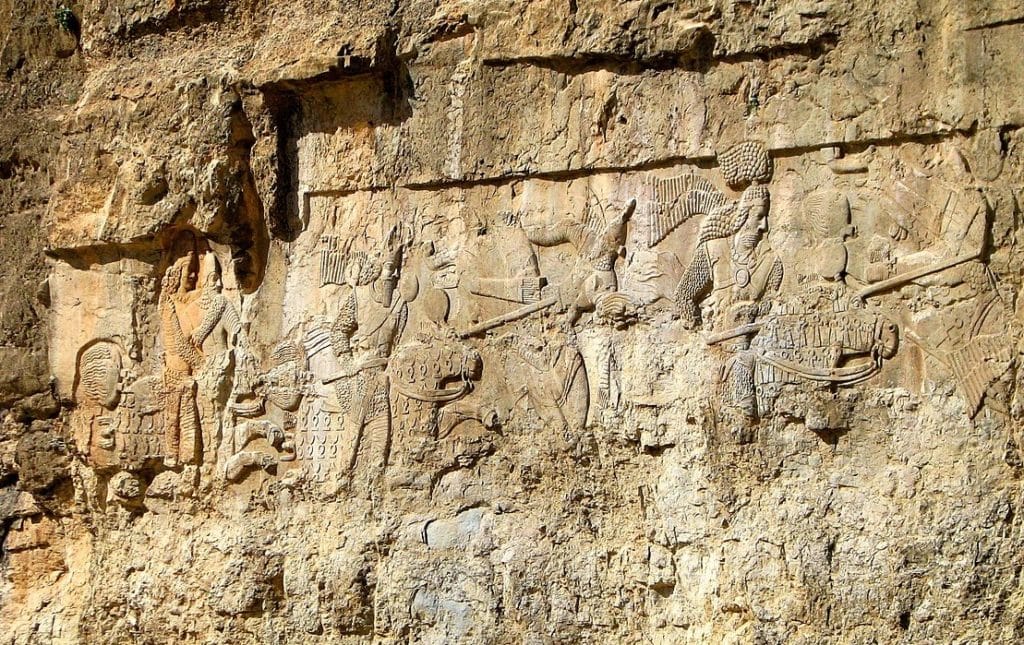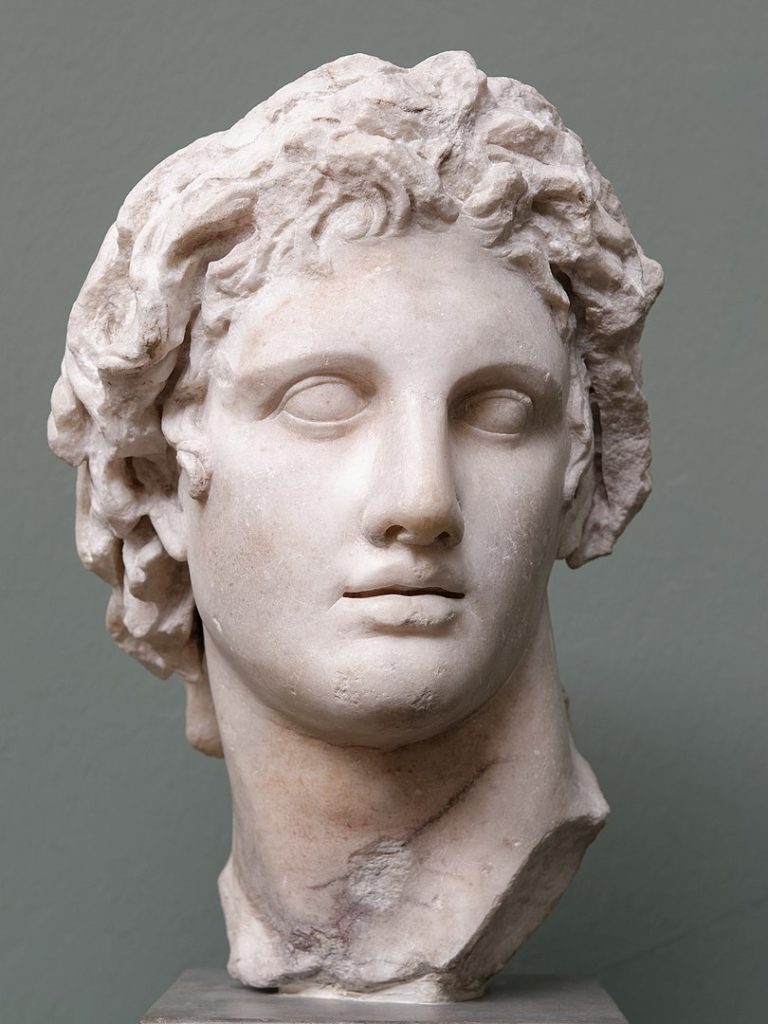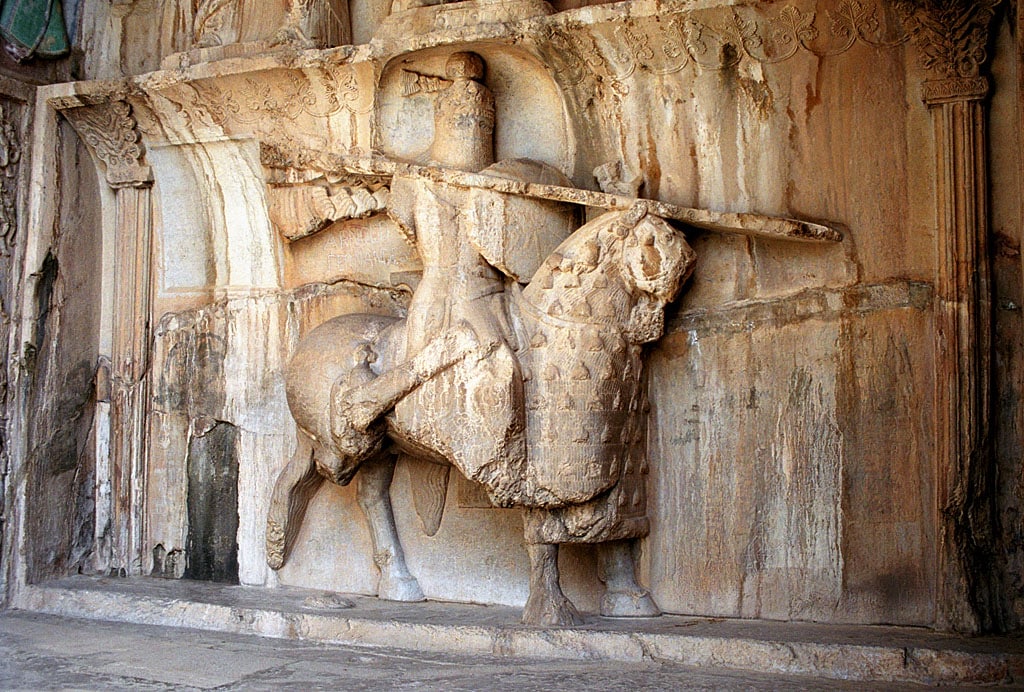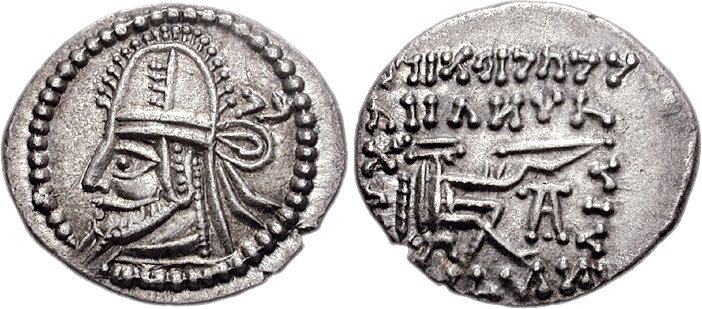This Week in History recalls memorable and decisive events and personalities of the past.
28th April 224 – The Battle of Hormozdgan is fought. Ardashir I defeats and kills Artabanus IV effectively ending the Parthian Empire

After the conquest of Alexander the Great in the 300s BC, the first Persian Empire came to its end and was replaced by several successor Hellenic empires. The one which came to rule the heart of the former Persian Empire was called the Seleucid Empire.
The Seleucids and some of their successor kingdoms were a curious fusion of Greek and Eastern cultures (one of these states would go on to found an Indo-Greek kingdom which combined Buddhist Indian culture and Greek traditions). However the Seleucids expended their strength fighting against the other successors of Alexander’s empire and as such began to lose control over their empire.

In the 250s BC some of the eastern provinces of the Seleucid Empire revolted and declared their independence, these being Bactria, Sogdiana and a region called Parthia, which is today in north-eastern Iran and Turkmenistan. Parthia, shortly after becoming independent, was invaded by a nomadic tribe called the Parni who conquered it and killed their king. The chief of the Parni tribe was called Arsaces and he would later come to be known as the first king of the Parthian Empire.

Arsaces was initially driven out of Parthia by a Seleucid counterattack but retook Parthia and consolidated his rule over the region. Over the next 100 years, the Parthians, led by the descendants of Arsaces, would battle the Seleucids for control over the eastern provinces of their empire.
In the year 141 BC, the Parthians captured the eastern capital of the Seleucids, a city called Seleucia (very close to modern-day city of Baghdad). This became the new capital of the Parthians, who styled themselves as the heirs of the pre-Greek Persian Empire.
In 129 BC the Parthians crushed a Seleucid army so completely that the Seleucid Empire collapsed into a small rump state located in modern Syria. They left this small state intact to offer a buffer against the expanding Roman Empire.
The empire the Parthians established stretched from the eastern edges of Syria, across Iraq to the western edges of modern Pakistan. In the north it reached into Armenia, Georgia and Central Asia and its southern border was the Persian Gulf.
The Parthian Empire carried on the tradition of Seleucid rule by being extremely decentralised, with local governors having an enormous degree of autonomy and often acting without orders from the Parthian emperor.
The new Parthian Empire saw a revival of Persian cultural traditions, which had fallen out of favour during Greek rule. As for religion, the Parthians supported Zoroastrianism to a limited degree but also cults of local Iranian deities and Greek ones; in many instances the Parthians merged Iranian and Greek deities into one character who shared aspects of both.
The core of the Parthian army were a kind of aristocratic knight, known as a cataphract, where rider and horse would be armoured head to toe and would charge into battle with a lance.

These cataphracts were the iron fist of the Parthian army and were usually supported by mobile horsemen, in the style of the nomadic forefathers of the Parthians. These were mounted archers who rained arrows down from horseback always retreating out of range of the enemy.
The Parthians during their rule of Iran would come to blows with the Roman Empire on many occasions, a few times handing the Romans their most embarrassing defeats, such as the Battle of Carrhae in 53 BC. Generally speaking the Romans got the better of the Parthians and while they could threaten Rome’s eastern provinces with raids, they were not an existential threat. On several occasions the Romans even captured the Parthian capital.
Around the year 208 AD the Parthian Empire had weakened considerably due to defeats at the hands of the Romans, and many internal civil wars. A local governor of the Persis region (the original homeland of the Persians) in central Persia began to take control of neighbouring lands and ignoring the orders of the Parthian kings.
A battle for control of the empire took place, and on the 28th of April 224 the rebels led by Ardashir took on the Parthian army led by Artabanus IV at the Battle of Hormozdgan. Despite being outnumbered the rebel army smashed the Parthians and effectively broke their power then and there.


Ardashir was from a noble family called the Sassanids and he would soon take control of the entire Parthian Empire, establishing himself as the first of a new dynasty, the Sassanid dynasty.
The Sassanids would rule a much more centralised and powerful empire than their Parthian predecessors and would reign over the region until 654 when the armies of Islam conquered Persia.
If you like what you have just read, support the Daily Friend

